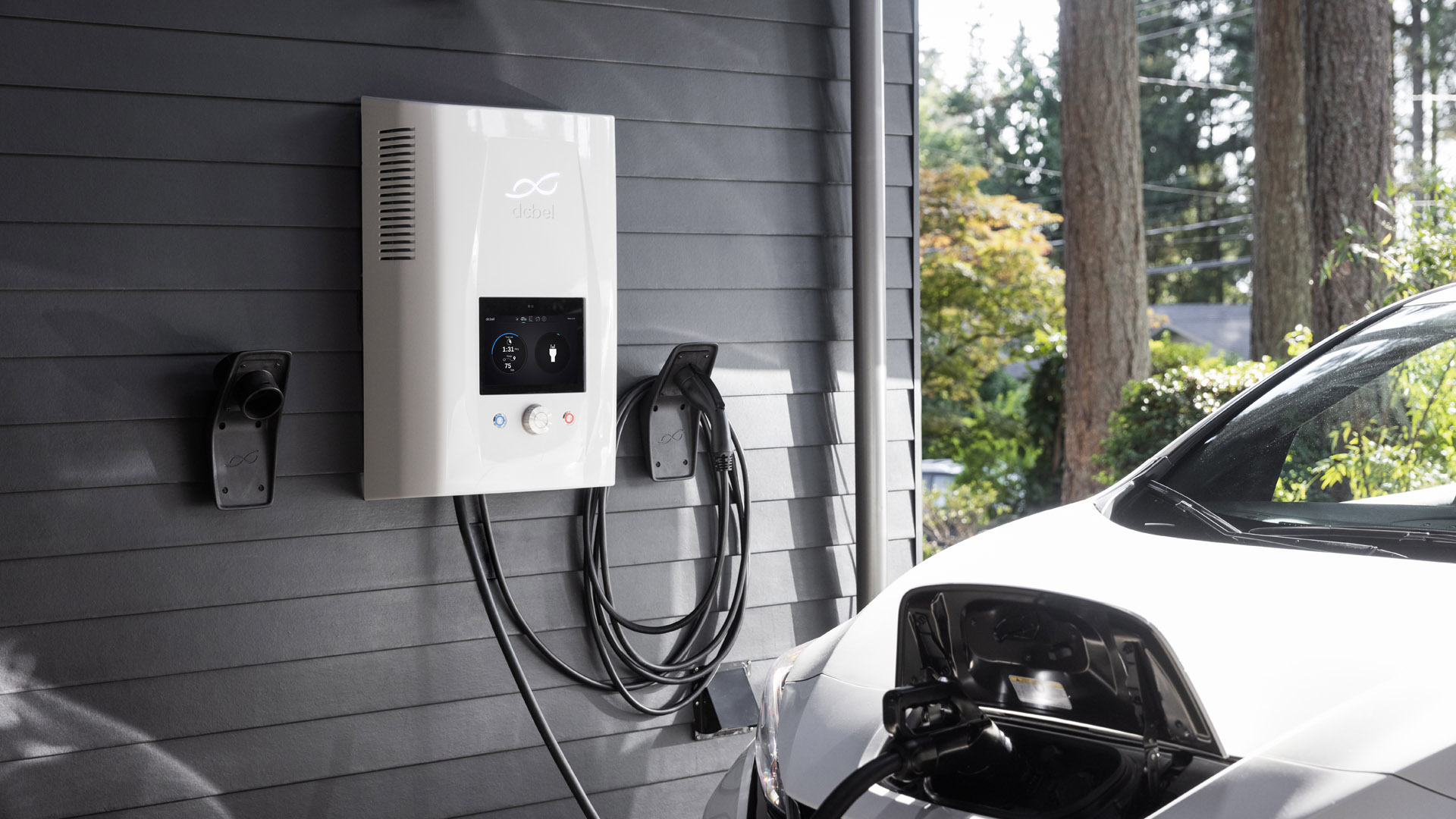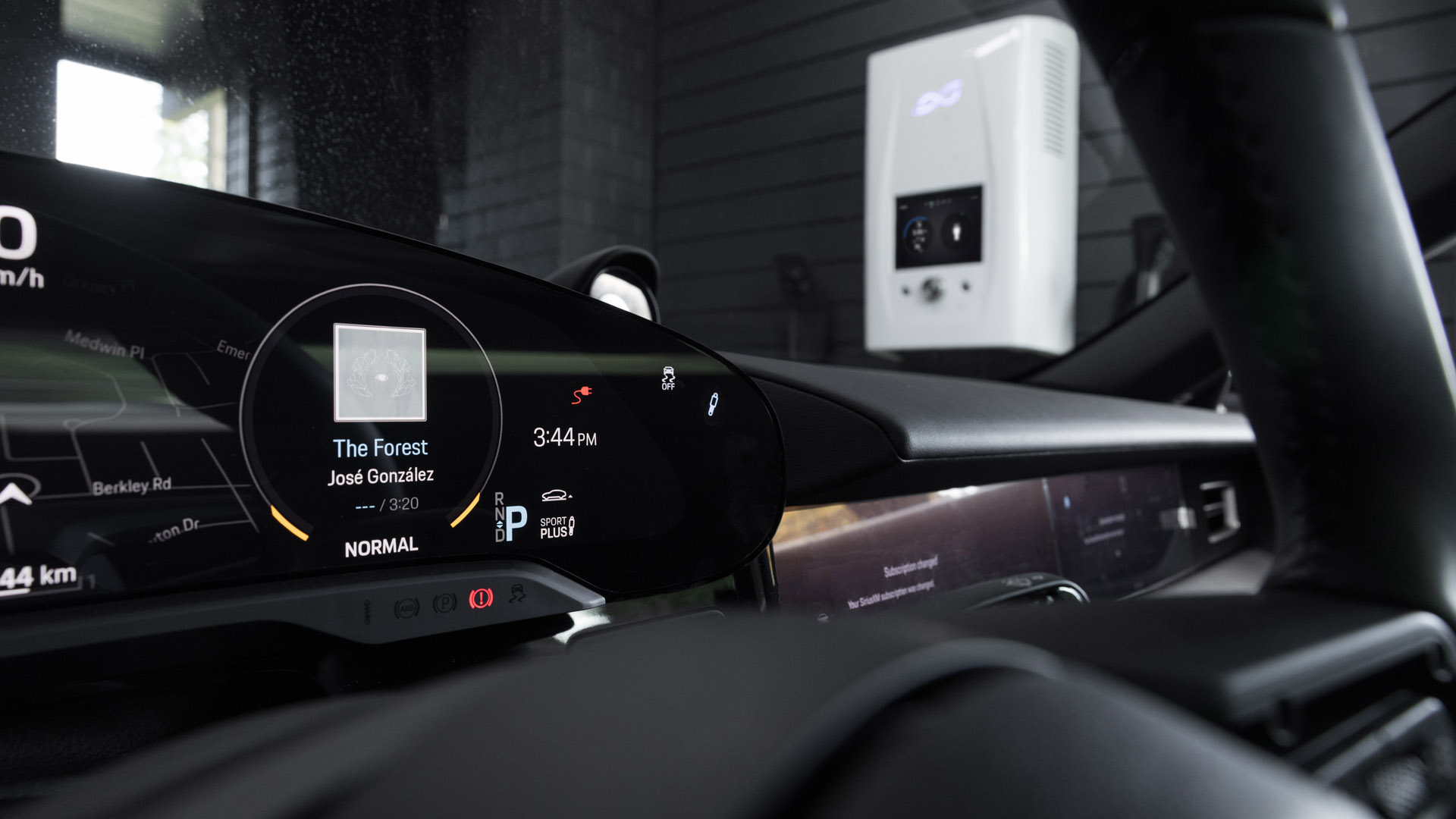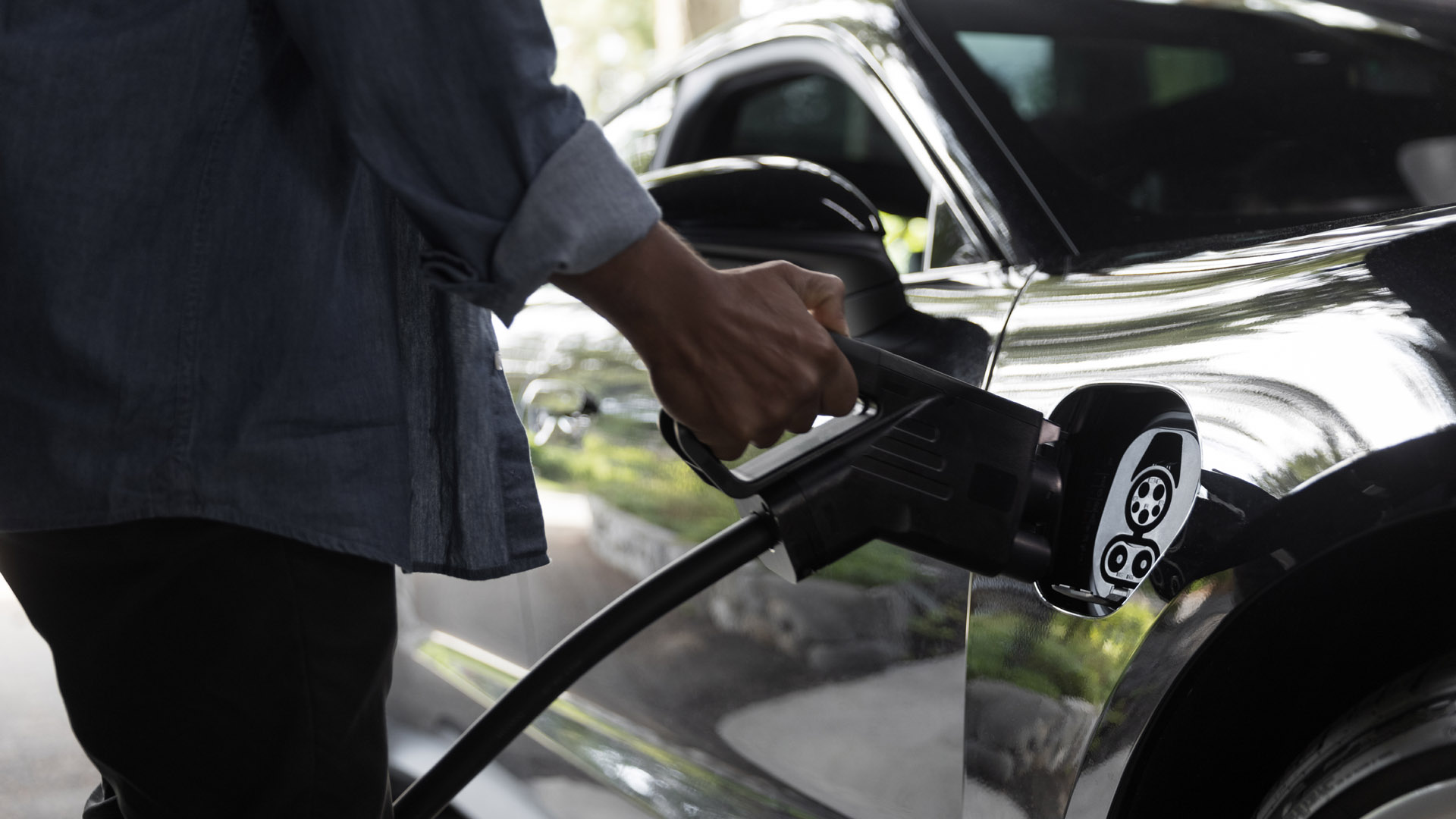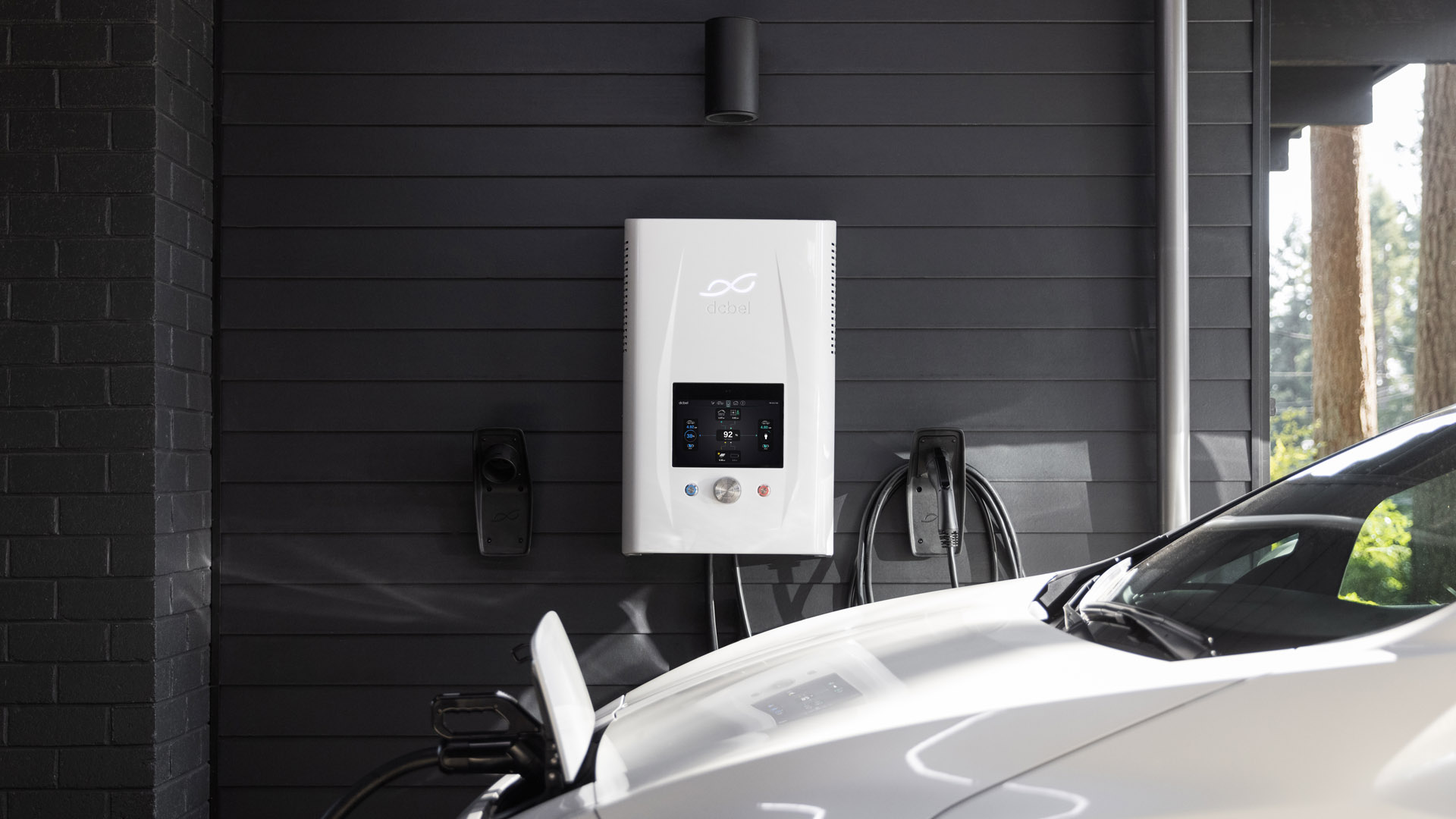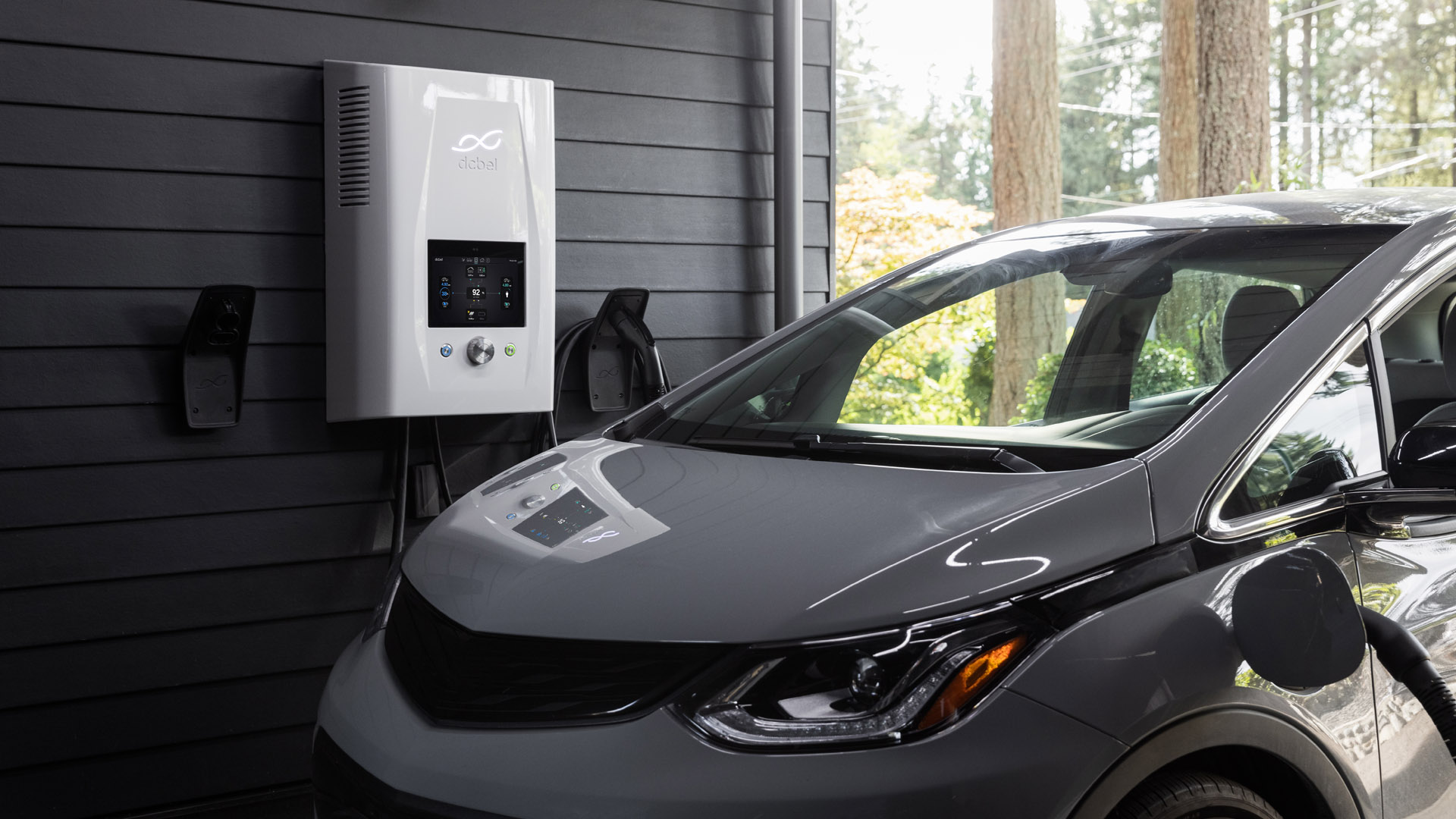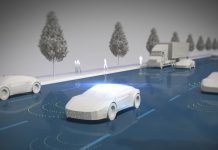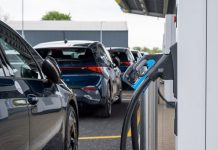In a recent report from New AutoMotive, an independent think tank, fresh data has revealed that Government’s plans to encourage electric vehicle (EV) uptake do not go far enough towards achieving the UK’s ambitious 2030 CO2 reduction targets.
Thankfully, recent data suggests that the purchasing of fully electric vehicles has taken an upward trajectory in the past few years. However, grants that have previously incentivised purchasing EVs have recently been diluted or scrapped entirely leaving much to be desired from the consumer.
Residential solar power is also enjoying a surge in popularity as energy prices continue to soar throughout the country, and homeowners look towards more sustainable means of energy for their futures.
This boom in solar reflects the attention that the public is now paying towards adopting a more sustainable lifestyle by taking ownership of their energy consumption and how best to counteract the price surge happening in the energy sector. This rise in public awareness, coupled with the growing speed of return on investment in solar & EV products (5-6 years) means that the government’s bold net-zero new homes goal for 2023 could be within reach.
To reach these 2023 goals, work will need to continue to be done to educate on the combined effect of both EV and Solar power. It is this combination that shows a lot of promise and could very well be the formula for turning the 2030 goals from rhetoric into reality.
So, how can integrating EVs and solar become the key to creating net-zero British homes? To help answer the question, TotallyEV reached out to Laurent Schmitt, CEO of dcbel energy Europe for his knowledge on the subject.
Read next: Hyundai Ioniq 5 review: Better than Tesla Model 3?
Harnessing the unlimited power of the sun
The UK might not be blessed with endless sunshine, but it still enjoys around 1,500 hours of sun each year – greater than several other countries in the EU. Despite this, solar energy made up only 28% of the UK’s total renewable energy in 2020. However, this number could drastically increase over the coming years to put the UK back on track to help achieve its targets with consumer awareness of climate change growing every day.
On top of the boom that we are seeing within the solar industry, the government’s declaration that as of 2022 new homes will have to be fitted with EV chargers could be the recipe for a sustained push for EV and solar implementation in residential settings. However, the UK can go further by reviewing VAT rates and offering more green grants as well as subsidies to favour integration across different EV technologies.
This hopefully spells the beginning of homeowners seeing a viable and affordable option that they are keen to engage with. As it stands, one of the biggest deterrents towards greater EV and solar power pickup is the cost involved, but we are seeing an extremely quick turnaround as customers learn the value of the investment in EV & Solar both financially and sustainably.
Read next: UK fuel crisis: Did electric vehicles become more attractive?
The impact of EVs
With around 450,000 EVs registered on UK roads and a rough 50/50 split between pure EVs and hybrids, data indicates further evolution towards greater battery-powered EVs pickup is needed but is ongoing with a predicted 86% growth YoY from 2020 to 2021 of battery-powered electric vehicles in the UK.
Ford’s recent £230m investment to turn some of its plants in the UK into EV component hubs is a step in the right direction but is subject to government support. This signals that if Ford still needs financial support for its EV manufacturing, the government is clearly not doing enough to incentivise carmakers to prioritise EVs over their diesel and petrol counterparts.
Buy a car phone mount on Amazon (Affiliate)
This is where the extremely important concept of ‘vehicle to home’ (V2H) and ‘vehicle to grid’ (V2G) charging comes into play. Alongside the advances in electrical batteries and charge-points, the ability for ‘bidirectional charging’ has appeared most recently and has the capability to bring an incredible impact to the industry, as well as build a more sustainable outlook.
For context, V2H and V2G charging correspond to the process of taking energy from an EV’s battery and recycling back into the home or selling energy back to the grid. It is this recent evolution within EV and solar technology that has created a closed circuit of home-produced energy that is clean, green, and sustainable.
Read next: Tesla Model 3 comparative review: Which trim should you buy?
Bidirectional technology
Bidirectional charging is an emerging technology that has the potential to help fast-track the ‘net-zero homes’ in the UK by allowing for energy to flow both in and out of EVs – providing better utilisation of any surplus energy. However, it is important to note that bidirectional charging is only available from fully electric vehicles, ruling out the opportunity for this to work with hybrids and giving the consumer another reason to opt for a battery-powered EV as opposed to a hybrid.
With the average daily journey being far shorter than the capacity of current EV batteries, this means that at the end of each day there is a bank of stored energy waiting to be tapped into and recycled back into homes or the grid. Bidirectional charging, coupled with a home that runs on renewable energy (solar PV panels, wind, etc.) results in a bright future for net-zero homes.
By tapping into the near unlimited source of power and energy we can now garner from the sun, combined with the ongoing advances to battery longevity and capacity, EVs are set to become battery storage solutions for homeowners and energy providers.
Read next: Should you buy a used electric car?
Achieving 2030 goals
The UK’s 2030 targets for greener and more sustainable cars are bold and ambitious and thankfully the market appears ready and willing to embrace them with surges in both the purchasing of electric vehicles as well as in solar energy for the home.
From the standpoint of the prospective customer and EV driver, there is a lot of work to be done when it comes to understanding the full capabilities that a combination of EVs and solar power possess. Separated, the purchases of both an EV and PV panels for your home might seem like a considerable sum, and while we know the main aim is to reduce carbon footprint, the cost can be seen as a bit of a barrier to entry.
Read next: Why EV adoption follows on from EV charging infrastructure
However, greater education on the cost-saving opportunities overtime must be prioritised to effectively communicate the proposition – we have calculated that within 4 years of purchasing a home energy station with a 4KW Photovoltaic installation, dcbel customers can make a return on their solar investment while allowing an average saving of 3,8t of CO2 per year per home in comparison to a traditional ICE-powered vehicle (assuming an average distance of 10,000miles driven per year).
This greater focus on the combined power of EV & Solar charging has the capability to fully encapsulate the potential of energy-conscious consumers and provide them with an affordable closed circle of green and sustainable energy. Ultimately, helping them achieve a net-zero home.


